Breadcrumb
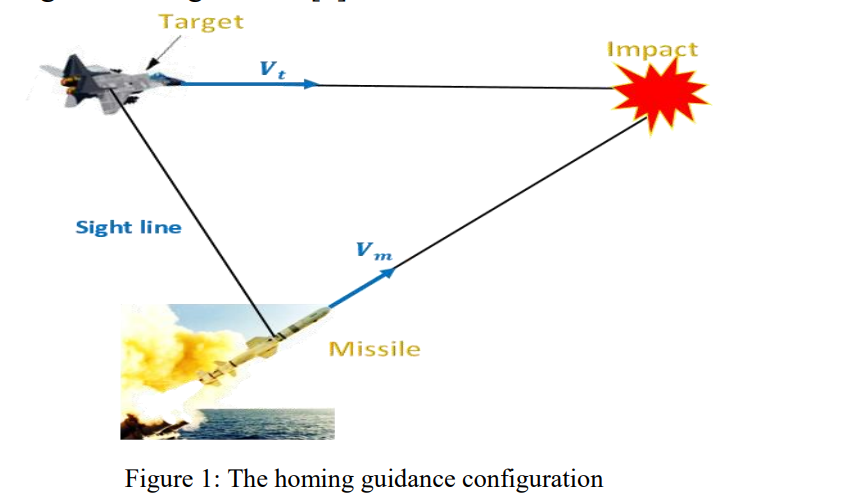
Intercept algorithm for maneuvering targets based on differential geometry and lyapunov theory
Nowadays, the homing guidance is utilized in the existed and under development air defense systems (ADS) to effectively intercept the targets. The targets became smarter and capable to fly and maneuver professionally and the tendency to design missile with a small warhead became greater, then there is a pressure to produce a more precise and accurate missile guidance system based on intelligent algorithms to ensure effective interception of highly maneuverable targets. The aim of this paper is to present an intelligent guidance algorithm that effectively and precisely intercept the
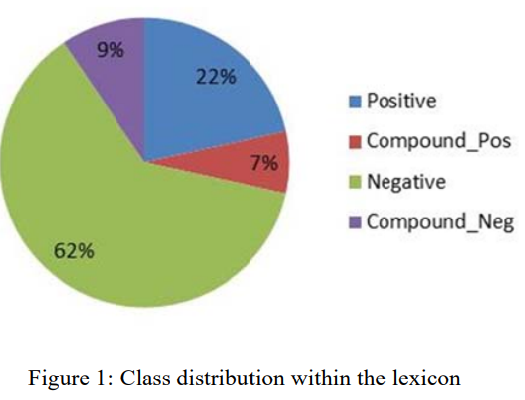
NileULex: A phrase and word level sentiment lexicon for Egyptian and modern standard Arabic
This paper presents NileULex, which is an Arabic sentiment lexicon containing close to six thousands Arabic words and compound phrases. Forty five percent of the terms and expressions in the lexicon are Egyptian or colloquial while fifty five percent are Modern Standard Arabic. The development of the presented lexicon has taken place over the past two years. While the collection of many of the terms included in the lexicon was done automatically, the actual addition of any term was done manually. One of the important criterions for adding terms to the lexicon, was that they be as unambiguous
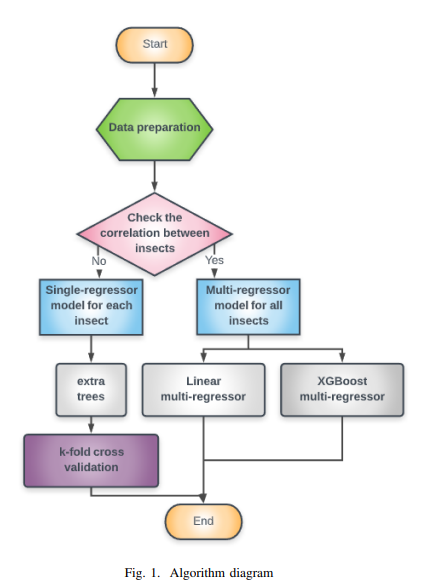
Guava Trees Disease Monitoring Using the Integration of Machine Learning and Predictive Analytics
The increase in population, food demand, and the pollution levels of the environment are considered major problems of this era. For these reasons, the traditional ways of farming are no longer suitable for early and accurate detection of biotic stress. Recently, precision agriculture has been extensively used as a potential solution for the aforementioned problems using high resolution optical sensors and data analysis methods that are able to cope with the resolution, size and complexity of the signals from these sensors. In this paper, several methods of machine learning have been utilized

Real-Time Fish Detection Approach on Self-Built Dataset Based on YOLOv3
Creating a model to detect freely moving fish underwater in real-time is a challenging process for two main reasons. First, the available datasets suffer from some limitations that severely affect the results of the detection models operating in challenging and blurry environments. These models should be able to capture all of the fish movement given different types of surroundings. Second, choosing the convenient detection model system which matches the desired requirements from having high accuracy with satisfying frames per second (FPS). To overcome the first challenge, a new dataset was

AiroDiag: A sophisticated tool that diagnoses and updates vehicles software over air
This paper introduces a novel method for diagnosing embedded systems and updating embedded software installed on the electronics control units of vehicles through the Internet using client and server units. It also presents the communication protocols between the vehicle and the manufacturer for instant fault diagnosis and software update while ensuring security for both parties. AiroDiag ensures maximum vehicle efficiency for the driver and provides the manufacturer with up-to-date vehicle performance data, allowing enhanced future software deployment and minimum loss in case of vehicle
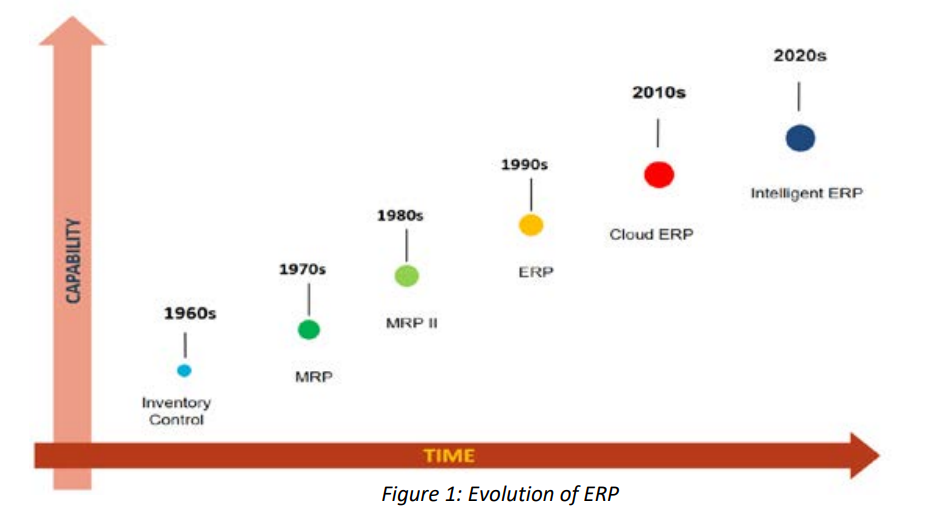
Guidelines for selecting emerging technology features for cloud erp
Emerging technologies such as Artificial Intelligence (AI), Blockchain and Internet of Things (IoT) permeate every aspect of work and life. For example, in the supply chain management: IoT-networked sensors can provide real-time insight into the provenance of goods and materials, supplier performance, available capacity, predictive demand and other key data. In turn, this data can feed autonomous and intelligent processes that “learn” how to respond to changing circumstances. Classical ERP systems do not support this distributed innovation. Emerging Technologies in Cloud ERP are what brings
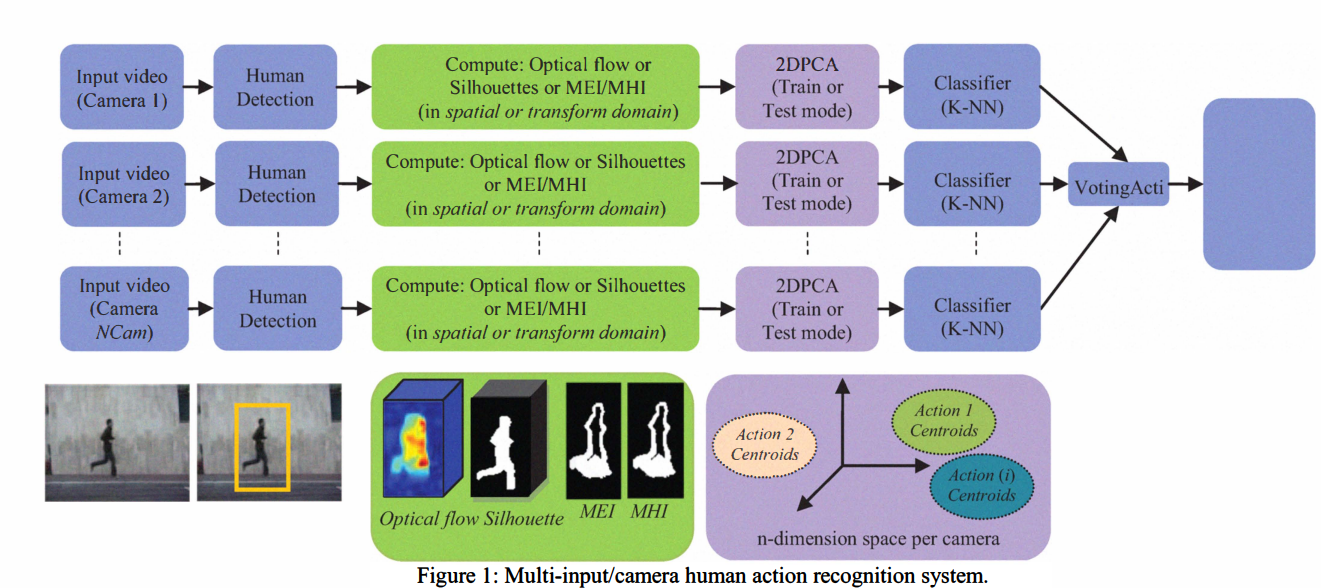
Highly efficient human action recognition using compact 2DPCA-based descriptors in the spatial and transform domains
Human action recognition is considered as a challenging problem in the field of computer vision. Most of the reported algorithms are computationally expensive. In this paper, a novel system for human action recognition based on Two-Dimensional Principal Component Analysis (2DPCA) is presented. This method works directly on the optical flow and / or silhouette extracted from the input video in both the spatial domain and the transform domain. The algorithm reduces the computational complexity and storage requirements, while achieving high recognition accuracy, compared with the most recent

Intelligent Arabic-Based Healthcare Assistant
Text classification has been one of the most common natural language processing (NLP) objectives in recent years. Compared to other languages, this mission with Arabic is relatively restricted and in its early stages, and this combination in the medical application area is rare. This paper builds an Arabic health care assistant, specifically a pediatrician that supports Arabic dialects, especially Egyptian accents. The proposed application is a chatbot based on Artificial Intelligence (AI) models after experimenting with Two Bidirectional Encoder Representations from Transformers (BERT) models
Evaluating the Modsecurity Web Application Firewall against SQL Injection Attacks
SQL injection attacks target databases of web servers. The ability to modify, update, retrieve and delete database contents imposes a high risk on any website in different sectors. In this paper, we investigate the efforts done in the literature to detect and prevent the SQL injection attacks. We also assess the efficiency of the Modsecurity web application firewall in preventing SQL injection attacks. © 2020 IEEE.
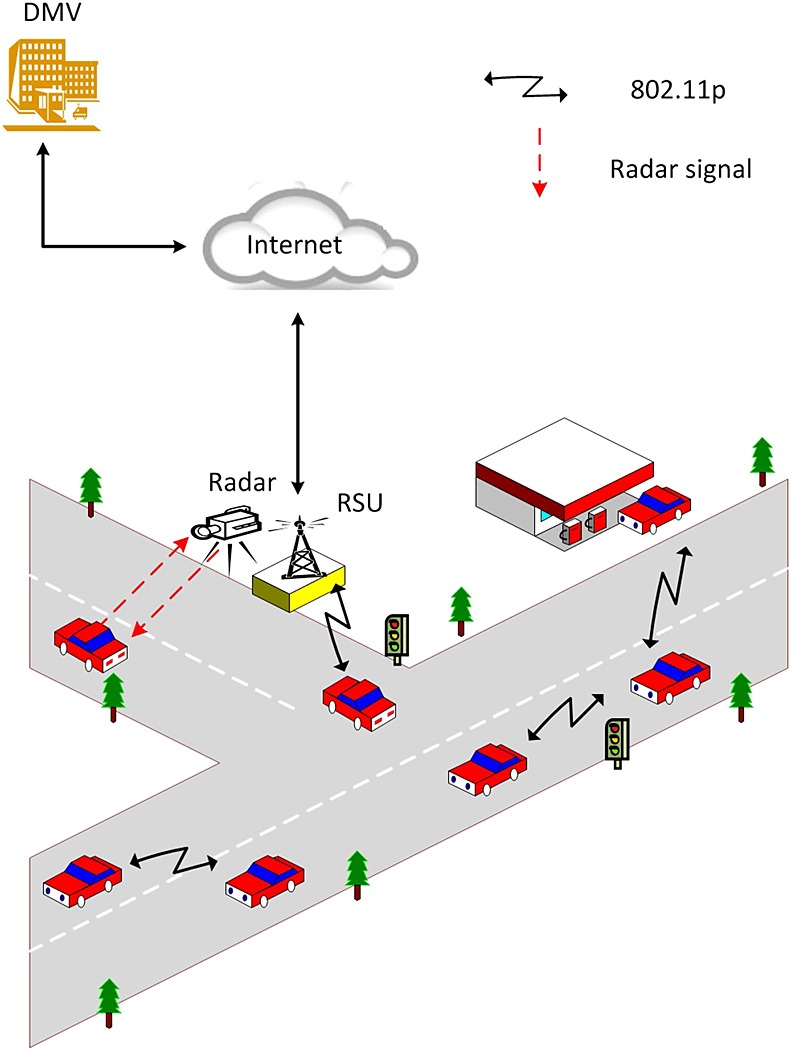
A secure and privacy-preserving event reporting scheme for vehicular Ad Hoc networks
In vehicular ad hoc networks, vehicles should report events to warn the drivers of unexpected hazards on the roads. While these reports can contribute to safer driving, vehicular ad hoc networks suffer from various security threats; a major one is Sybil attacks. In these attacks, an individual attacker can pretend as several vehicles that report a false event. In this paper, we propose a secure event-reporting scheme that is resilient to Sybil attacks and preserves the privacy of drivers. Instead of using asymmetric key cryptography, we use symmetric key cryptography to decrease the
Pagination
- Page 1
- Next page ››
